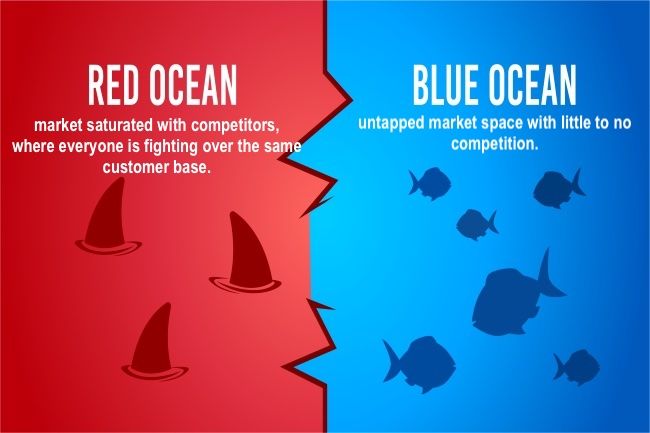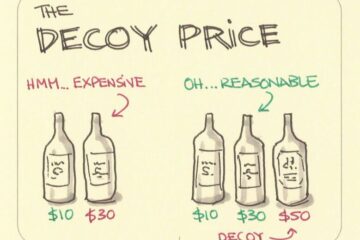Blue Ocean Strategy

Understanding whether your business operates in a red or a blue ocean is crucial for strategic planning and long-term success.
In today’s competitive market, being a “Me Too” business means consumers struggle to see any real value or difference in your offerings. Going the extra mile to be a “Me Better” or “Me Only” is crucial for survival.
These 10 simple questions can guide business leaders in evaluating whether the ocean is red or still blue:
1) How many direct competitors do you have in your market?
2) How often do new competitors enter your market?
3) Are your marketing efforts focused more on beating competitors than creating unique value?
4) Are you primarily competing on price?
5) Are your profit margins shrinking due to competitive pressures?
6) Do you frequently engage in aggressive marketing campaigns to maintain your market share?
7) Is your market space crowded with similar offerings?
8) Do you find it challenging to differentiate your products from those of your competitors?
9) Is customer loyalty a significant challenge in your industry?
10) Do you find it hard to innovate because of market saturation and established standards?
Moving forward, to transition from a red ocean to a blue ocean, focus on differentiation, innovation, and creating new demand by applying the principles of Blue Ocean Strategy. This strategy suggests a Four Actions Framework: Eliminate, Reduce, Raise, Create.
- Eliminate factors that are taken for granted but add little value.
- Reduce factors that are over-delivered relative to the customer’s needs.
- Raise factors that are under-delivered.
- Create new factors that the industry has never offered.
By implementing these strategies, a business can transition from a crowded and competitive red ocean to a blue ocean where competition is minimal, and new demand is created. This shift not only enhances profitability but also positions the business for sustainable growth and success.
- Next post in the series: The Four Actions Framework: A Blue Ocean Strategy
- Article also available on LinkedIn



